An A&P IA Mechanic with 30 years of experience discusses the process of becoming an aviation mechanic.
Flying airplanes has been a big part of my life for many years now. I have flown hundreds of models and logged thousands of hours. I have seen things I never thought I would see. I have developed skills and had experiences that have made me a proficient pilot. There are not a lot of activities I have been exposed to that bring such a feeling of freedom and accomplishment than that of mastering the art of flying.
When I buckle up the seat belt and put on a headset, an interesting experience occurs in my mind. I start to “see” things that are associated with the flight. It’s almost as if I become transported telepathically to a tiny theater in my mind where videos play featuring the mechanical and electrical events that are taking place as I begin preparing for the flight. In my mind, I see cables, pulleys, bell-cranks and pushrods move as I peer out the window and watch the actual ailerons move up and down. I become keenly aware of all the components associated with the system that is operating. When I switch the master on, the video continues and shows electricity rushing through relays, wires, and switches to be put to use operating lights, pumps, and avionics. I watch fuel flow through lines, fuel selectors and pumps to finally arrive at a carburetor to be metered and mixed with air on its way to the cylinder where the spark plugs fire off the flammable mixture. I watch the crankshaft turn, pistons move, and camshaft, lifters and pushrods move rocker arms to finally open and close the valves. The mental video is vivid and in full color. It even animates airflow over the wing as the airplane flies through the atmosphere. When problems occur, the video seems to become interactive and show images related to the trouble. I develop strategies to deal with these situations as they arise from these educational videos I see. Years and years of study and experience have allowed these productions to be available anytime I need them.
My mechanical background and path to becoming an aviation mechanic started way back when I was in high school. I got a job at a local car shop and was able to get school credit for working half of each day during my senior year. I was so thrilled with the opportunity that I sucked up everything I possibly could. I was excited to even stay after school and earn minimum wage while I learned more about being a mechanic. I swept floors, cleaned parts, and organized tools for hours on end. The few dollars I made were spent buying parts for my cherished Camaro. We worked on everything from lawn mowers to big diesel trucks and I got a wide variety of experience. The two guys I worked for were good to me and could see I had potential, so they taught me all they could and gave me responsibilities.
It would be several years before I was introduced to the world of aviation, but this knowledge and experience had begun to prepare me for a career where the images in my mind started to become more meaningful and take the stage, showing me the way mechanical things work. I had no idea how vitally important this would eventually become to my everyday job. Whether I am working as a pilot, mechanic, or troubleshooter, I find the picture show going on in my head is essential to the work I do.
The A&P certificate entitles the holder to perform a wide range of work on aircraft. Some mechanics specialize, and work in a very narrow window and become an expert at what they do. Others, particularly those in general aviation, develop a much more broad range of skills. While they often do not become as expert as those who specialize, they gain a unique ability to understand systems and how they all work together. It would not be unusual for a mechanic doing an annual on a Cessna 182 to be doing heavy engine work like replacing a cylinder one day, followed by re-skinning a rudder the next and then rewiring a defective flap circuit the following day. The work never seems to be the same and remains interesting because of its diversity. The mechanic, over time, learns to be versatile and proficient, and these abilities give greater value to a customer who relies on his mechanic to not only be able to inspect and repair his aircraft but also consult him on matters that can affect the safety and reliability of his aircraft for future flights. He also becomes an invaluable source of authority to find cost effective solutions to the ongoing maintenance issues that come up.
When I worked as an auto mechanic, my toolbox was filled with air tools and specialized equipment that sped up the process of the work at hand. I was paid on a commission basis and the jobs were all flat rated, meaning specific amounts of time had been allowed for every job by an industry standard. These rates were all listed in a book that detailed every conceivable job, followed by a time allowance for it. If you were good at your job with the right tools you could beat the book times and increase your earning capability. I learned to be fast and efficient and was driven to do a good job in an effort to make all the money I could. The atmosphere was very production oriented.
Culture shock is the best description of my introduction to working on airplanes. I had never even seen an aircraft up close and I didn’t know the first thing about them. I soon found that the techniques, mindset and responsibility are all very different than what I was used to. It didn’t take long at all to realize that even though its still about wrenches and screwdrivers and electricity, pistons and gears, working on airplanes would be very different than working on cars. It’s much more tedious and labor intensive and the atmosphere more methodical and careful. My fingers had to learn to have greater dexterity, my eyes trained to see even the most subtle clue of problems and my very nature to be more patient and persistent. I had to learn to forge ahead even though the job may seem impossible. Air tools became the least used items in my toolbox and now I reached for the ¼ inch drive tools, universal joints, magnetic tipped screwdrivers and magnifying glasses. The pace, slower, now more geared toward safety and persistence. I hated it, at first, but slowly learned to not only know what I was doing but enjoy it and be good at it.
I didn’t go to a traditional A&P school and earn my credentials. Rather, I followed an apprentice program where I worked in the industry under the watchful eye of another mechanic. I consulted with him every step of the way and he, who happened to be my brother, insisted on doing the job right every time. I learned to drive and buck rivets, change cylinders and pack wheel bearings. I learned how to inspect and determine if an aircraft was airworthy. I soon learned to adapt my mechanical abilities from my prior life working on automobiles to a much more delicate and intricate field. It didn’t take long to develop a real connection with aircraft and realize this would become my life work. Within a few months, I would begin my flight training, which did not come natural for me. Rather, it was very difficult and foreign to me, but persistence paid off and I found the rewards addictive. The combined knowledge I was gaining from both flying and doing mechanic work made my growth exponential and intoxicating.
Some have asked me over the years if I had any regrets about my method of becoming an aviation mechanic and obtaining my A&P or if I might have been more successful and better prepared had I gone to a formal school instead. My response is generally a little mixed because I believe I gained a lot by being immersed in real life situations, where I was involved in work that would leave the shop and actually fly away once it was released for service. I learn best by “doing” rather than simply by reading or studying and listening to lectures. On the other hand, I missed the broad coverage of subject matter that only a curriculum could offer. I missed lessons on theory and instructor guided practical methods. I sometimes wish I had the opportunity now to go to a school and fill in all the gaps that seem to be missing in my knowledge base. A thirst for more knowledge has become of high importance to me.
All in all, I am happy with the way my career started out. I worked around others who were experienced and taught “tricks of the trade”. I also associated with pilots and flight instructors who were great resources for additional learning. I earned an income during my education and was not required to go search for a job once I obtained the A&P. All in all, I would not change a thing about the path I followed. Whatever one chooses or is able to do in terms of preparing for life work requires a lot of effort. People need to recognize that a sacrifice needs to be made for their future. Even though I was able to spend my days working in the shop and earning my way toward a rating, it required a huge effort in addition to the day-to-day operations. Many nights and weekends were spent pouring over study materials learning what I would need to know in order to pass the FAA written, oral, and practical exams for the mechanic certificate.
The apprentice work experience method of obtaining the A&P rating requires a serious commitment of time and effort. 30 months of full-time experience working under the direction of a licensed mechanic. A log containing a record of the various jobs performed and the hours worked is required to present to the FAA when you petition them for permission to take the test. Those with military experience can use that time to qualify to test for the A&P also. If the opportunity does not exist to work in the industry, the more traditional method of training is always available by attending an approved school. Courses to obtain both the airframe and powerplant rating take about 2 years. Whatever the path one chooses there are pros and cons to each method. What is important is that you take it seriously and learn everything available to you.
So what happens when you finally get the piece of paper that proves you are now worthy to work on aircraft? The options are wide and varied, each with its own advantages. Airlines offer good pay, benefits and a future for those who apply themselves toward becoming an aviation mechanic. I have a friend who was recently hired by a major airline as an entry level mechanic and I was surprised when he told me what his starting salary was and what is promised after 6 months on the job. That, combined with health insurance, a 401K and travel benefits make an appealing opportunity. The growth potential in an organization like that is also something worth considering.
Corporate work is another avenue for becoming an aviation mechanic some mechanics find satisfaction in. This work can include travel with the airplane, especially when operating overseas. Some companies like sending a mechanic as part of the crew to deal with maintenance issues as they come up. This may mean oversight of work that you make arrangements for, or it may mean working out on a ramp somewhere doing the work yourself. Most of the corporate maintenance jobs I have seen include a lot of detail work keeping the airplane in tip-top shape both mechanically and visually. Sometimes this work includes working with eccentric owners who may have their own ideas about maintenance issues and aircraft upkeep. Other aircraft owners put full trust in their mechanics to do what they think is best. Corporate work can range from a definition of a “dream job” to “the job from hell”.
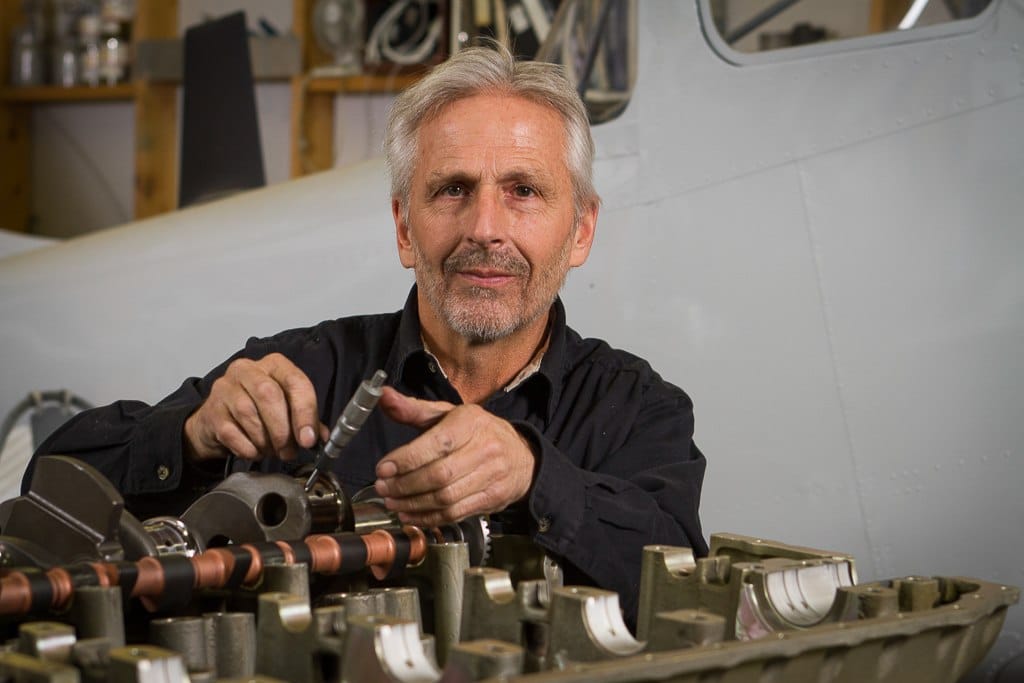 Aircraft Engine Overhaul
Aircraft Engine Overhaul
Things wear out, things deteriorate and things break. If this is true in any industry, it is even more true in aviation. Aircraft need constant repair, inspection, and upkeep whether they get used or not. In fact, it’s a common theory that aircraft have more problems and need more repair when they are not used regularly. Airframes and aircraft engines [Read More]
Helicopters need maintenance and many opportunities exist for those who know what they are doing to keep them in good working order. Flight schools who operate small piston trainers seem to always be looking for mechanics and many of these folks move on once they get some experience to medical or utility type work. The environment ranges from working in nice climate controlled hangars to field work in less than ideal conditions. This may be working on firefighting machines, medical, tour aircraft or other utility applications.
The fleet of aircraft in general aviation continues to grow older. This combined with new aircraft being built provide endless needs to keep them airworthy. Many of the older aircraft have deteriorated from years of neglect and exposure to the elements and tend to need extensive renovation work. The rebuilding of these aircraft is very time consuming and requires a wide variety of skill sets. Newer aircraft need plenty of work too. Annual inspections, warranty work, service bulletins and complying with AD notes alone comprise a large amount of time and effort. Accidents also occur and the repair of these damaged airplanes is an industry all of its own. The tedious nature of this work insures a talented mechanic will remain busy for a long time. There is a great deal of satisfaction bringing a damaged aircraft back to flying condition.
The type of skills one needs to be completely self-sufficient in this industry are wide and varied. I have needed to be able to inspect, rivet, troubleshoot, repair, replace, paint, upholster, research, find and order parts, weld, interface with the FAA, consult, and do avionics in the last month alone. Any one of these skills could be a full-time job for some. The variety of the skills needed in this industry is both daunting and challenging, yet also exciting because you can develop these abilities. Some of the metal working skills commonly used in aviation years ago have almost become a lost art, but these are the things that keep the job interesting and humbling at the same time. Not many who work on aircraft really have all these skills to do everything. In fact, it is not necessary. The industry will offer opportunities to develop them if you want to. That is what is so great about it. The learning and growth potential never stops unless you get lazy.
Sometimes though, I hate this job. I get frustrated, tense and even angry. It’s usually on a Friday afternoon when a client has an important trip he wants to make and we have pressure to resolve problems that have come up. Many times the problems can’t be solved as fast as we would like though and the stress level goes high. Sometimes, jobs are just hard. The part that needs to be replaced seems impossible to get to. Or the efforts we have made to solve a problem have been unsuccessful, over and over again.
I have a sore back, wear a lot of band-aids on my fingers and generally have dirt under my fingernails. I have anxiety every time I hear there has been an aircraft accident and I worry each time a plane throttles up to take off after my work on it. I ask myself if I forgot anything or made mistakes or if the pilot has the skill to keep him and his passengers safe. I wonder if the expensive parts I just replaced will really fix the problem or if there is more to the issue than I originally thought. Were my troubleshooting skills accurate? Will I be liable for problems that may come up? Is the FAA going to violate me? The list goes on and on. Why would I ever subject myself to all this hassle and worry?
Final Thoughts on Being an Aviation Mechanic
The truth is I find great satisfaction and pride in being an A&P. If I had to give up one of my ratings, the A&P or my pilot certificate, I am not sure which would damage me the most. The two ratings go hand in hand in my mind and each feeds and supports the other. Being an A&P makes me a better pilot and being a pilot makes me a better A&P. What I do know is that each day I work in the shop I learn something new and learning is what that keeps me interested. That, along with the satisfaction that comes from the improvements I can make by investing my time and effort make my job something I look forward to each day.
No job that I know of is pleasant and fun every day. Problems come up and stress levels increase. I think when the stakes are high we as humans rise to the challenge. We adapt to what is necessary for our situation. On the days that I find myself impatient and frustrated because I’m overwhelmed, stumped or uncertain how I will finish or solve the problem I am dealing with, I feel the futile feelings of failure. Often I will take a break from it for a few minutes or a few days and come back with a fresh outlook and new energy, and things are better. Eventually, the persistence always pays off and success prevails, every time. Persistence and patience are the keys to success and in this business and we seem to get lots of practice with these things. The truth is, that figuring things out, overcoming the obstacles, learning systems, finding and fixing the problems brings high levels of satisfaction. It’s the hard things that make it all worthwhile in the end.
Summary of the Basic FAA Requirements For Becoming an Aviation Mechanic
As a summary, here are the basic FAA requirements for becoming an aviation mechanic, and getting a mechanic’s certificate:
- You need to be at least 18 years old.
- You must be able to read, write, speak and understand English
- The FAA requires “18 months of practical experience with either power plants or airframes, or 30 months of practical experience working on both at the same time.”
- As an alternative to this requirement, you can graduate from an FAA-approved Aviation Maintenance Technician School, which you can search for on their website.
- You’ll need to pass three tests:
- A written test
- An oral test
- A practical test






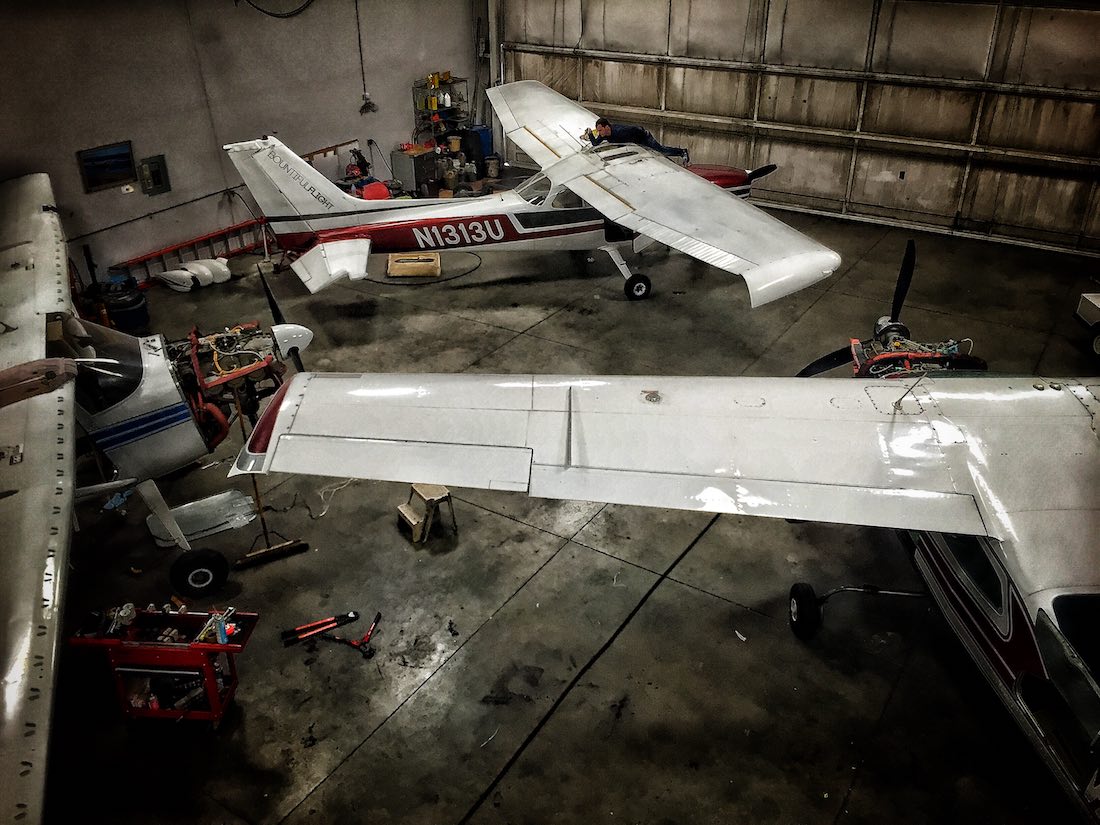




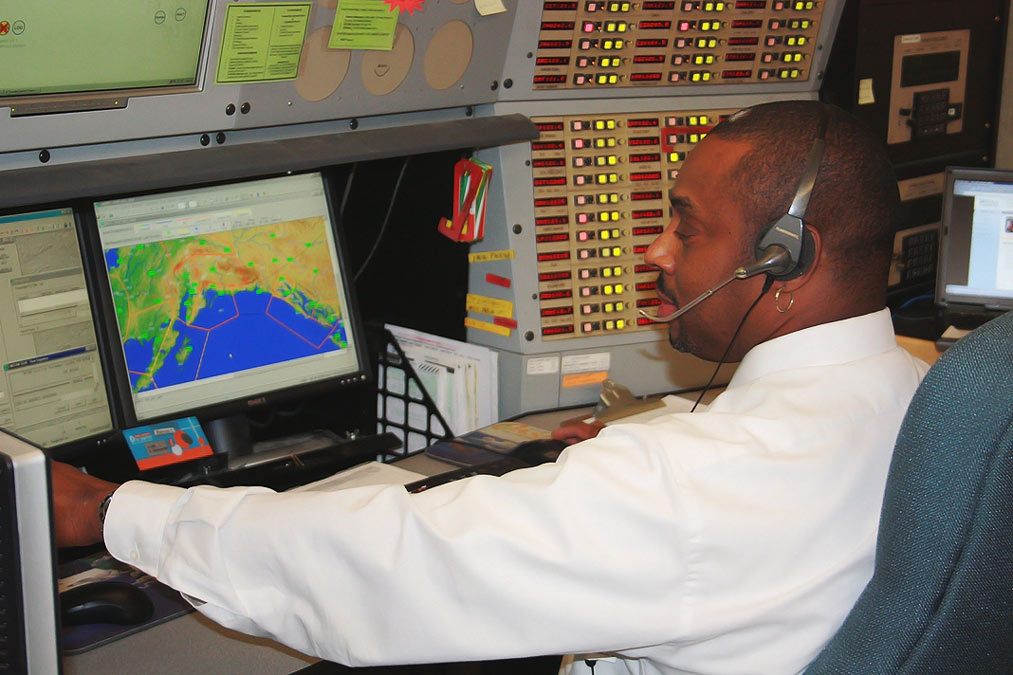
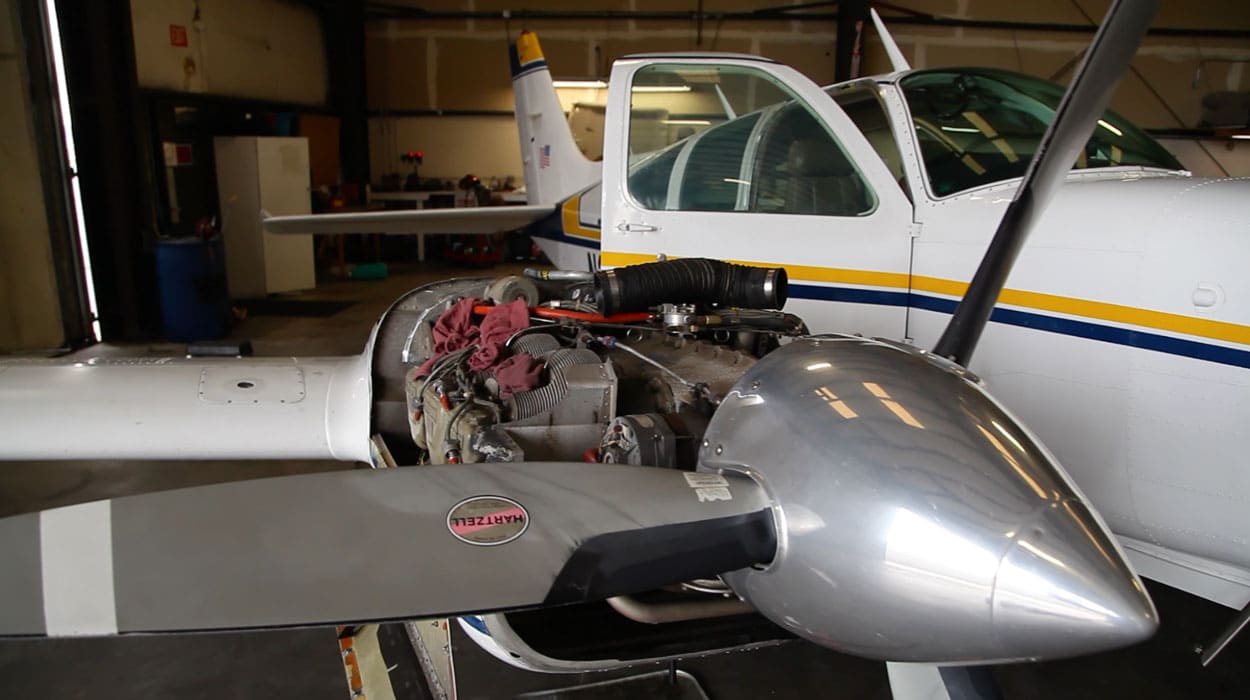

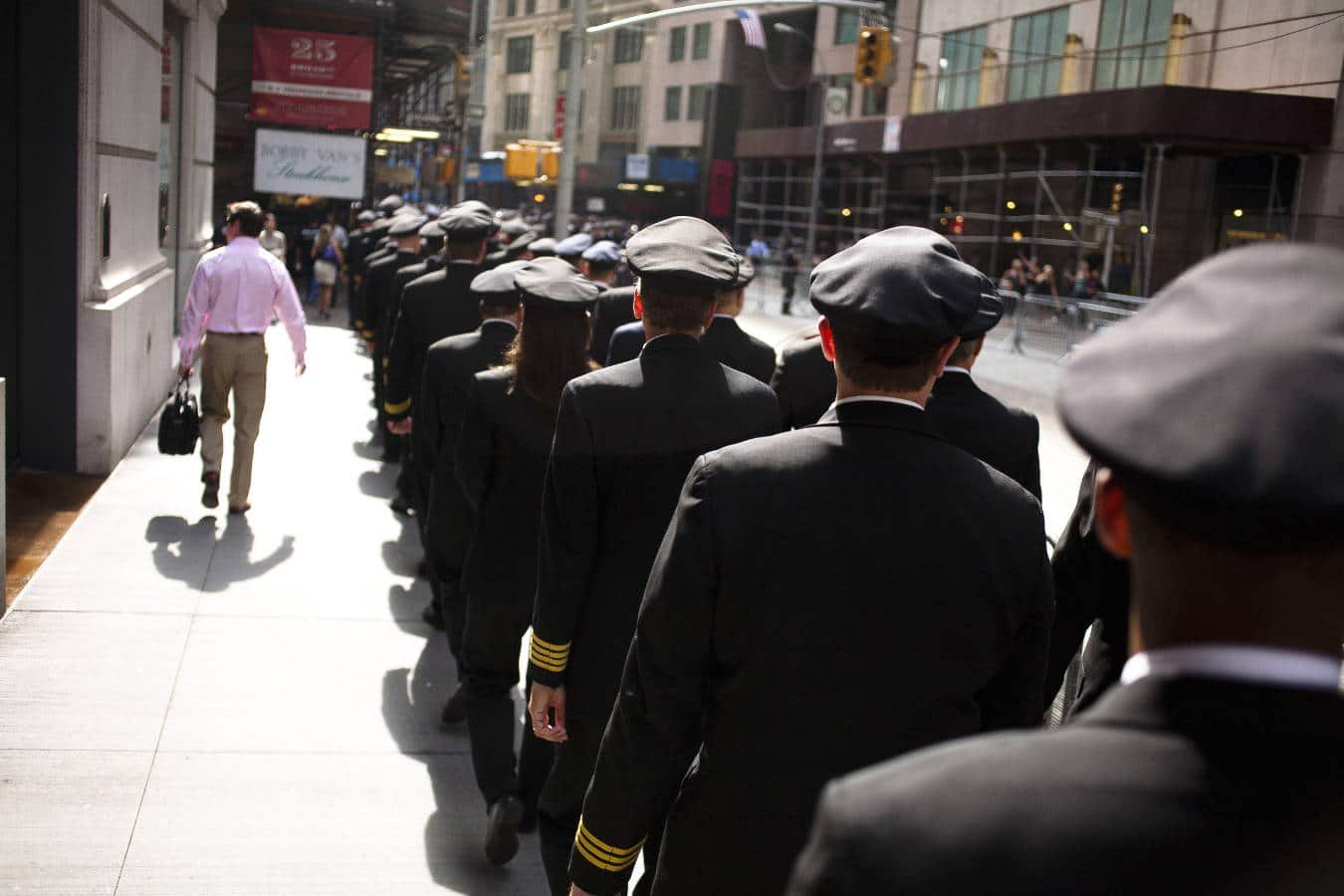
This by far is my favorite article I have read on this page thus far. I relate very much to this being that I am also an A&P IA. I got my PPL while still in high school, I dropped out of college about 7 years ago to become an A&P. Looking back it was the best decision of my life. There alot to know and learn in aviation and it is what makes it so interesting and fulfilling. Since I became an A&P i have also gotten my CPL MEL and working on my CFI while going to school for aerospace engineering, all paid for by working on planes. Its hard work but I wouldn’t change it world. Your article reminded me of how blessed we are to do this for a living.
I appreciate the information on aviation mechanics and how to become one. I honestly had no idea that there were so many ways that someone could become an aviation mechanic, I knew that there were a few ways but I didn’t know that you could go through a corporate avenue. My brother is looking to become an aviation mechanic for hire and he isn’t sure where to start, I will be sure to share this with him.
I can comment on the corporate aviation side. Of 35 years, more than half has been as a corporate mechanic/Director of Maintenance.
Hours can be long, work can take you away from family on holidays, and schedule can be variable. but, on the positive side you are, generally, working on quality equipment and with a quality company, some union, some not. I found much satisfaction and pride working for the man/company that I did. It will be forever a source of pride with me.
Very well written and informative article about what it’s like being a A&P mechanic. I start my training early next year and am very eager to learn. I’ve always been hands on and appreciate a job well done so I’m anxious to start.